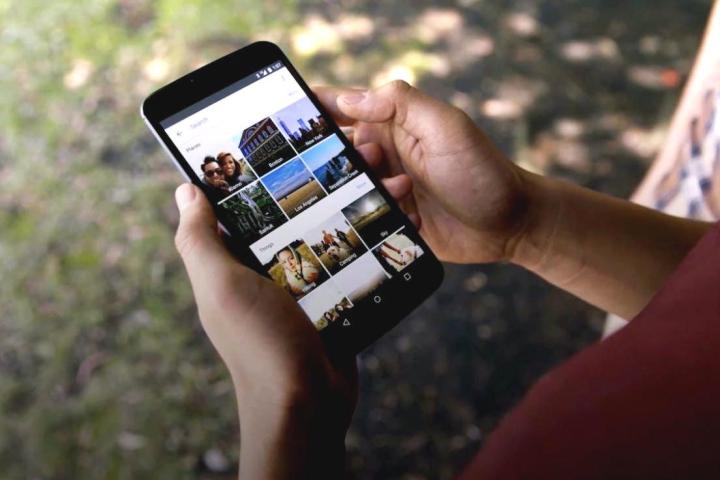
Google wants to “simplify” how Google Drive and Google Photos work together. What does that mean? Well, it essentially means that Google Photos will stop syncing to Drive — and the change is set to happen in July.
The change is sure to be controversial. For many, the fact that Photos automatically syncs to Google Drive is a favorite feature, as it allows for much easier organization of photos. Of course, the change will avoid some confusion.
According to Google, the change is aimed at helping “prevent accidental deletions of items across products.” In other words, it seems like some users were confused about the fact that deleting a copy of a photo in Photos also means that the image is deleted in Drive, and vice versa.
Despite the fact that photos will no longer automatically sync between the services, the two services will still work together to an extent. Google also announced a new feature called “Upload from Drive,” which will allow users to manually select photos and videos to be imported into Photos. Once the items are uploaded, the files won’t be connected, so you can delete the file in one without it being removed in the other. You might want to delete one copy — if the file is stored in original quality, it will count against your quota in Google Drive.
Thankfully, Backup and Sync will continue to work on both Windows and Mac, so if you store your photos locally and want to then sync them to either Google Drive or Google Photos, you’ll still be able to do so. Backup and Sync allows you to upload photos in high or original quality, and as usual, high-quality photos won’t count against storage in Google Drive, though original-quality photos will.
You won’t have to worry too much about the change taking effect retroactively. Google says that existing photos and videos will continue to stay in both Google Photos and Google Drive, but the Google Photos folder in Drive will no longer update automatically.
The change wasn’t totally unexpected. Reports surfaced around a month ago that Google was planning on decoupling Photos and Drive in an effort to clear up any confusion regarding the two services.
Editors' Recommendations
- I compared Google and Samsung’s AI photo-editing tools. It’s not even close
- The first Google Pixel 9 Pro hands-on photos are here
- There’s a big problem with the iPhone’s Photos app
- Google just released the first Android 15 beta. Here’s what’s new
- Google Photos’ best AI editing tools will soon be free for everyone
